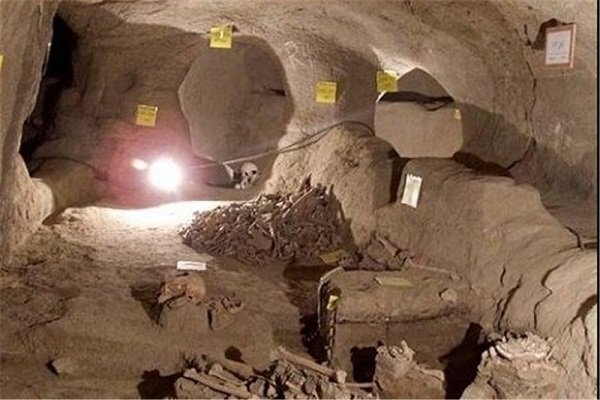

TEHRAN – A team of Iranian researchers and archaeologists has applied a laser beam in their pilot project to clean ancient iron artifacts.
The team, affiliated with the Research Institute for Cultural Heritage and Tourism, has described this clean-up as one of the most challenging measures in the restoration of historical objects, Mehr reported on Monday.
“In this field, several methods are used by cleaners in a principled and scientific way, each having their own advantages, disadvantages, and limitations.”
Arrays of iron objects, excavated from the Arzan-Fud site of the archaeologically rich Hamedan province, were subject to the cleaning project, the report said.
Experts say this technology is used for imaging and documenting, detection, and cleaning in the protection and restoration of historical monuments.
“Utilization of this technology along with other common cleaning methods plays an important role in completing and improving metal protection operations, and this method can be used in treatment to prevent further crushing due to not imposing external mechanical pressure on very brittle and modified objects.”
Laser cleaning is an eco-friendly process used to remove rust, paint, oxide, and other contaminants from metal surfaces. Because of its efficiency, it is being used in an increasing number of applications.
Known in classical times as Ecbatana, Hamedan was one of the ancient world’s greatest cities. Pitifully little remains from antiquity, but significant parts of the city center are given over to excavations. Ecbatana was the capital of Media and subsequently a summer residence of the Achaemenian kings who ruled Persia from 553 to 330 BC.
About 1220, Hamedan was captured by the sweeping army of Mongol invaders. In 1386 it was sacked by Timur (Tamerlane), a Turkic conqueror, and the inhabitants were massacred. It was partly restored in the 17th century and subsequently changed hands often between Iranian ruling houses and the Ottomans.
AFM
Related posts:
Views: 0
 RSS Feed
RSS Feed

















 September 8th, 2021
September 8th, 2021  Awake Goy
Awake Goy  Posted in
Posted in  Tags:
Tags: 
















